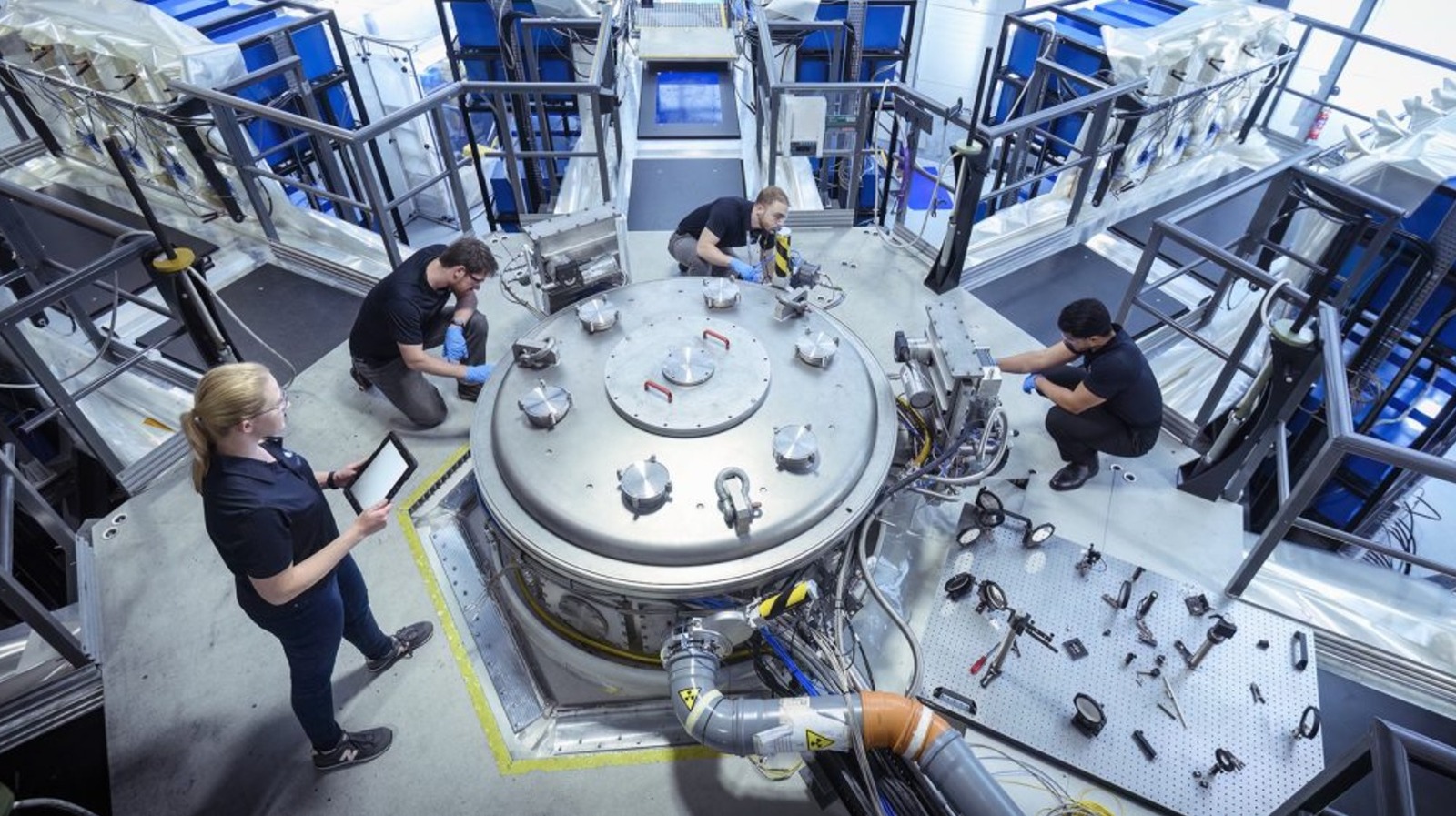A significant advancement in fusion power has been achieved by the UK-based company First Light Fusion (FLF), potentially paving the way for sustainable energy solutions. The firm developed a method for “high gain” inertial fusion, marking a crucial milestone in the quest for a commercially viable fusion reactor. This breakthrough could lead to a future where energy generated from fusion replaces fossil fuels, significantly reducing greenhouse gas emissions.
Fusion power generates electricity by harnessing the heat produced during nuclear fusion reactions. This process occurs when two light atomic nuclei merge to form a heavier nucleus, releasing a substantial amount of energy. With successful energy capture and conversion, fusion has the potential to provide near-limitless energy, reducing the reliance on coal and gas. Despite numerous advancements in fusion research, a functioning reactor has yet to be realized, but innovations like FLF’s recent achievement bring this goal closer to reality.
High Gain Fusion: A New Pathway
First Light Fusion’s breakthrough is centered around a process called FLARE, which stands for Fusion via Low-power Assembly and Rapid Excitation. This innovative approach may achieve a remarkable gain of 1,000, significantly higher than the current experimental gain of four achieved by the U.S. Department of Energy’s National Ignition Facility in May 2025. The concept of “gain” refers to producing more energy from the fusion reaction than is required to initiate it.
FLARE separates the processes of compressing and heating the fuel, facilitating a method known as “fast ignition.” By compressing the fuel to generate a surplus of energy, FLF has become the first to apply this technology practically, a concept long studied but elusive until now. According to FLF’s white paper, just one kilogram of fusion fuel holds as much energy potential as approximately 10 million kilograms of coal.
The Path to Sustainable Energy
The ignition process involves heating a small fuel source to around 100 million kelvin (approximately 179,999,540 degrees Fahrenheit) to reach the fusion point, after which the reaction becomes self-sustaining. While generating such extreme heat requires considerable energy, the anticipated energy gains from sustained fusion could far exceed initial energy inputs.
If FLARE operates as theorized, it could lead to the establishment of multiple fusion reactors capable of delivering sufficient energy to power the planet. This shift represents not only a monumental scientific achievement but also a potential transformation in global energy production, moving towards a more sustainable future.
While this breakthrough is monumental, it is essential to recognize that it is just one step on a long journey toward developing functional fusion power plants. Nonetheless, the progress made by First Light Fusion signals an optimistic step towards achieving a cleaner, more efficient energy landscape, making the vision of fusion power a reality that seems increasingly imminent.





































































